Transgender[1] persons in India have faced marginalization and discrimination in accessing education, employment, healthcare, public transportation etc. In the past decade, India has witnessed a significant rise in efforts toward securing and advancing transgender rights. In the landmark case of National Legal Service Authority vs. Union of India & Ors. (NALSA), the Supreme Court recognized the rights of non-binary gender identities and upheld their fundamental constitutional rights.[2] Passing of Transgender Persons (Protection of Rights) Act, 2019 (Act), even with all its attendant concerns, has been a crucial step. A spate of judgments across the country has affirmed inclusivity and non-discrimination towards transgender persons.[3] The case of Mrinal Barik v. The State of West Bengal & Ors. is an addition to this progressive jurisprudence.[4]
In the case of Mrinal Barik, a petition was filed before the Calcutta High Court by a transgender person who succeeded in the Teacher Eligibility Test (TET) in the years 2014 and 2022, but was not called for counselling. The Calcutta High Court directed the Chief Secretary of the West Bengal government to ensure 1% reservation for transgender persons in matters of public employment in the State. Exercising its extraordinary jurisdiction under Article 226 of the Constitution, directions were issued to the Secretary, West Bengal Board of Primary Education to arrange the interview and counselling of the petitioner and recruit her as an Assistant Teacher in the primary section. Reliance was placed on the directions given in NALSA to the Central and State Governments to extend reservation to transgender persons in educational institutions and for public appointment. It was further noted on the basis of a notification[5] that the state itself had adopted a policy of equal treatment in employment to transgender persons.
The foundational step for availing these reservations is providing proof of being a transgender person. However, the Act does not permit self-identification. A certificate of identity has to be obtained from the District Magistrate (DM), who will issue the certificate based on the recommendations of a District Screening Committee, which will comprise the Chief Medical Officer, District Social Welfare Officer, Psychologist or Psychiatrist, and a representative of the transgender community.[6] As per data available on the National Portal for Transgender Persons, only 20,015 certificates have been issued to date with many certificates pending beyond the 30 day mandate[7] and others declared non-eligible.[8] Many are not able to obtain identification due to low digital literacy[9], low awareness of transgender rights amongst the community and lack of decision making guidelines for the DM which creates bureaucratic hurdles. This creates hindrances for transgender individuals in gaining state recognition and availing the benefit of reservation in public employment, along with other state schemes.
Thus, while this judgement by the Calcutta High Court stands to be significant, yet issues of implementation continue to pose a challenge. Further, while affirmative action is an effective tool in the hands of the government to provide representation and visibility to marginalised communities, the solution to the broader challenge of large scale unemployment in the transgender community lies in skill development measures[10], addressing school drop-out rates, broad scale sensitization and other such measures.
[1] „Transgender person“ means a person whose gender does not match with the gender assigned to that person at birth includes trans-man or trans-woman (whether or not such person has undergone Sex Reassignment Surgery or hormone therapy or laser therapy or such other therapy), person with intersex variations, gender queer and person having such socio-cultural identities as kinner, hijra, aravani and jogta. (Section 2(k), Transgender Persons (Protection of Rights) Act, 2019)
[2] (2014) 5 SCC 438.
[3] Anjali Garu Sanjana Jaan v. State of Maharashtra &Ors., W.P. (Stamp) No. 104 of 2021(Bombay High Court issued directions permitting a transgender person to contest for village panchayat elections as a female); Sangama v. State of Karnataka., 1992 (3) SCC (SUPP) 217 (Karnataka became the first state to provide reservation to transgender persons in public employment); Rashika Raj v. State of Tamil Nadu, 2024 SCC OnLine Mad 1624 (Madras High Court directed the Tamil Nadu government to provide horizontal reservation to transgender persons.)
[4] WPA 21508 of 2023.
[5] Notification dated 30th November, 2022 issued by the Department of Women & Child Development & Social Welfare of the State of West Bengal.
[6] Section 5, Transgender Persons (Protection of Rights) Act, 2019.
[7] Rule 5(2), Transgender Persons (Protection of Rights) Rules, 2020.
[8] National Portal for Transgender Persons, see: https://transgender.dosje.gov.in/ (last accessed on 20th June, 2024).
[9] A 2020 research study by the Centre for Internet and Society, ‘Gendering of Development Data in India: Beyond the Binary #4’ found digital literacy to be at 10-15% amongst the transgender community, see: https://cis-india.org/raw/brindaalakshmi-k-gendering-of-development-data-in-india-beyond-the-binary-4
[10] A 2016 report titled ‘Skilling for Livelihood Opportunities for TGP in India’ by United Nations Development Programme and National Aids Control Organisation found lack of sufficient training and skills employment programmes led to the absence of employment options for Transgender people, see: https://www.undp.org/sites/g/files/zskgke326/files/migration/in/Skilling-for-Livelihood.pdf

